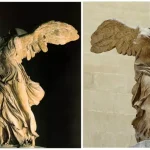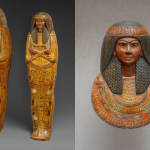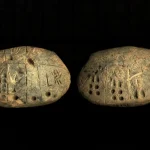The Palermo Stone
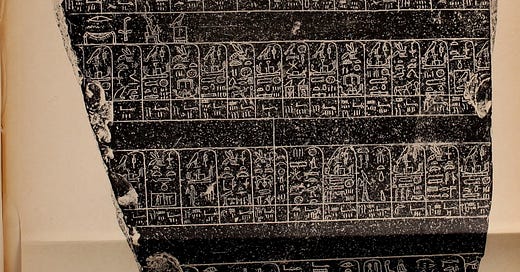
Egypt, 5th Dynasty, ca. 2400 BCE
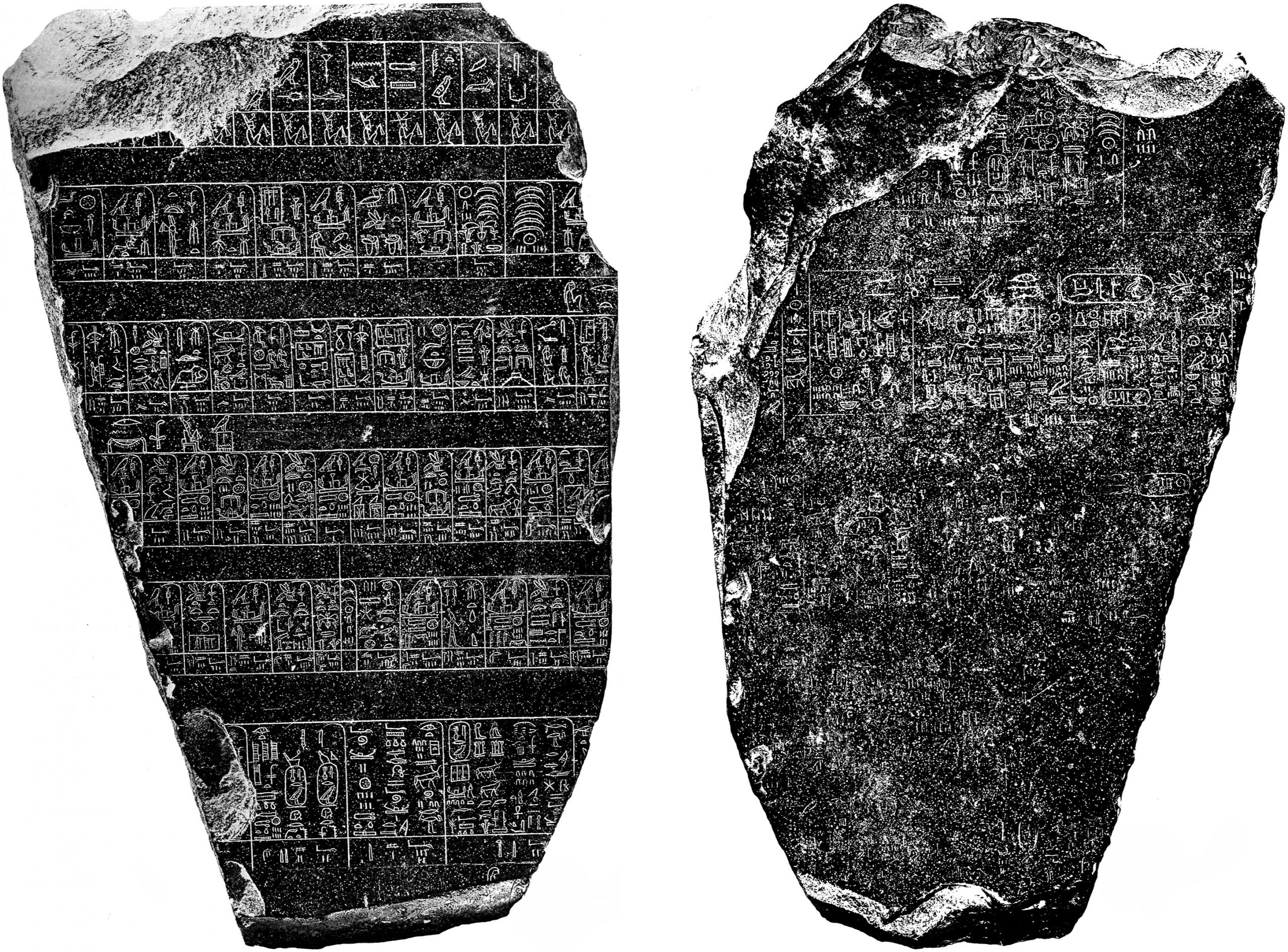
The Palermo Stone is one of the most important surviving records of ancient Egyptian history. Dating to the 5th Dynasty of the Old Kingdom (ca. 2400 BCE), it is one of seven surviving fragments of a much larger inscription known as the Royal Annals of the Old Kingdom.

These annals recorded the reigns of Egypt’s earliest pharaohs, documenting year-by-year events such as festivals, military campaigns, taxation, and religious rituals.
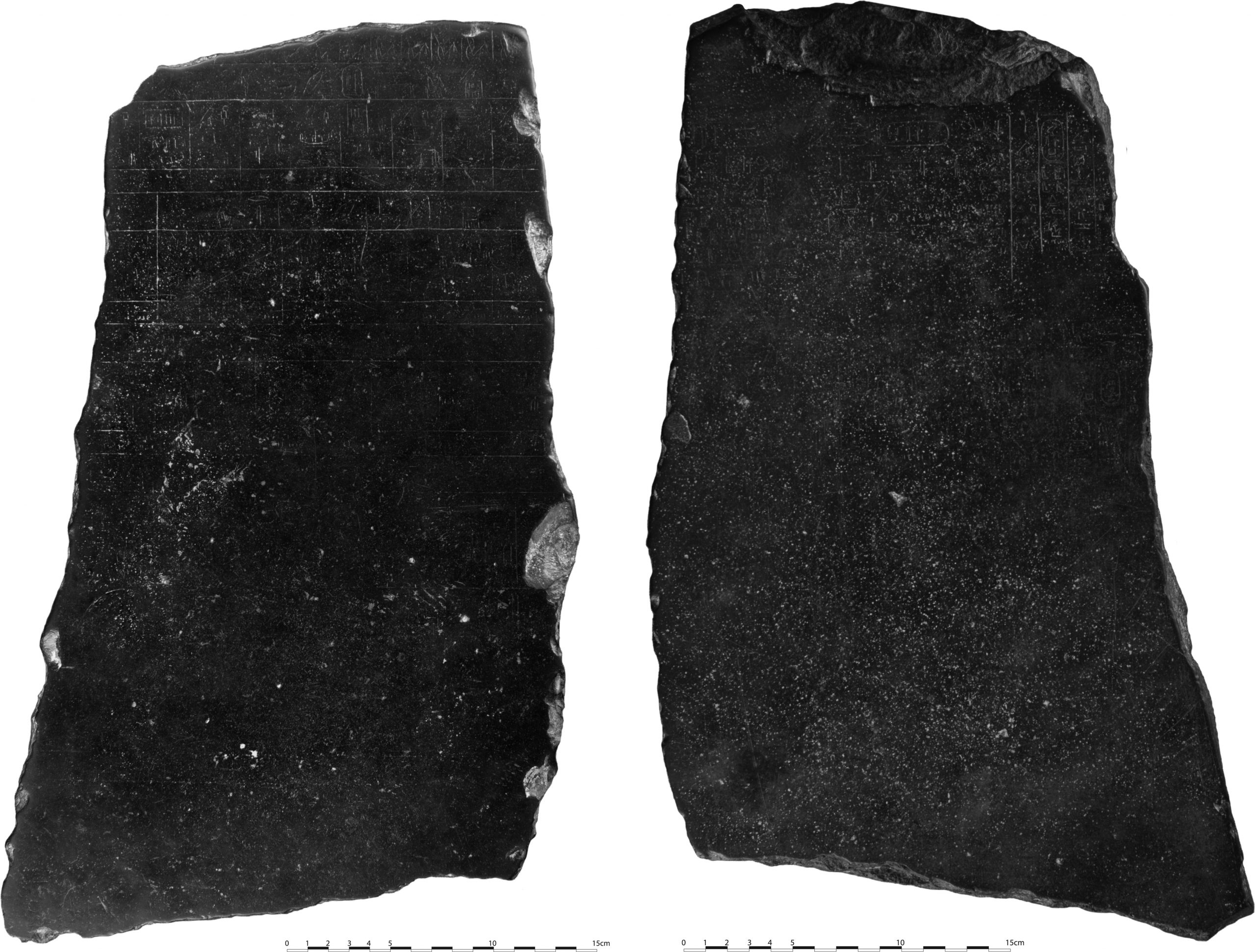
The fragment takes its name from Palermo, Sicily, where it was discovered in 1866 by Italian collector Ferdinand Guidano, who later donated it to the Palermo Archaeological Museum, where it remains today.
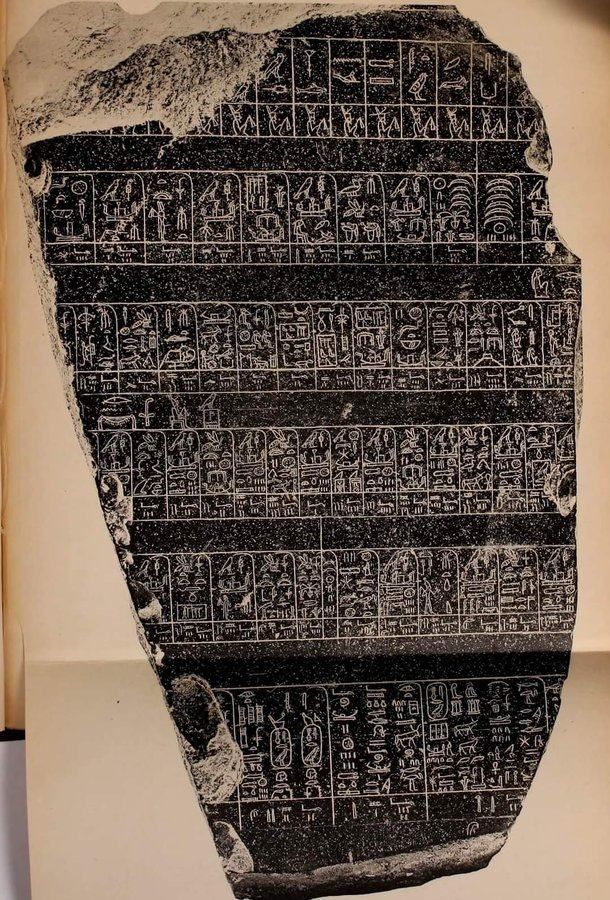
Despite its fragmentary state, the Palermo Stone provides scholars with invaluable insights into the political, cultural, and religious life of ancient Egypt during its formative dynasties.
